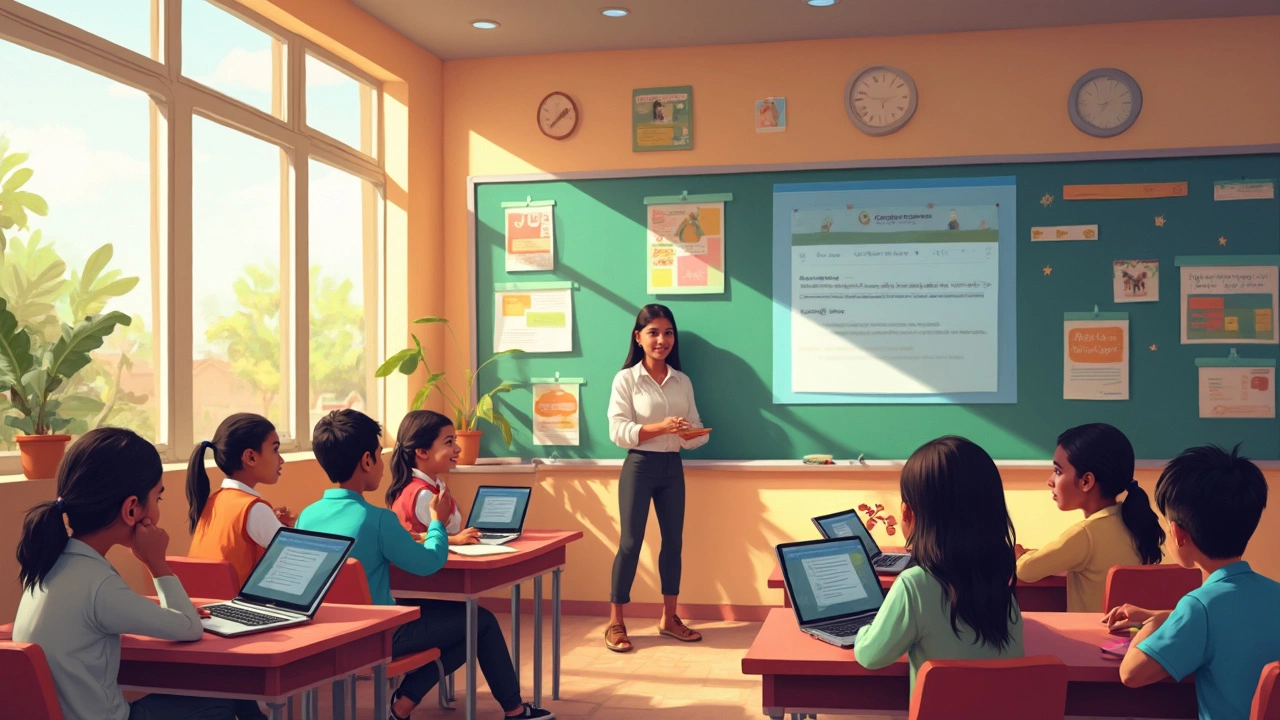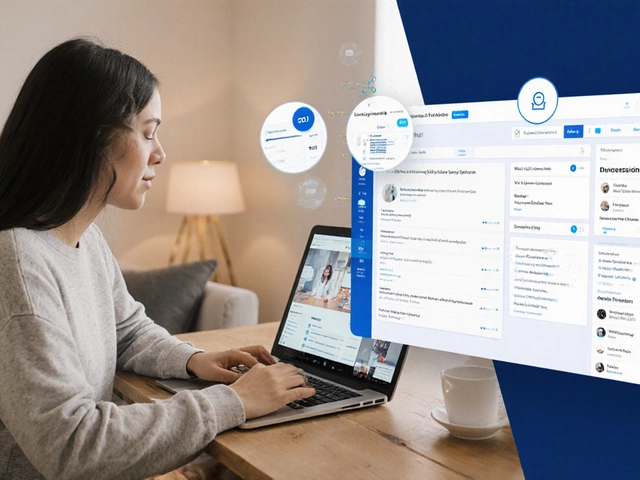Online Teaching: What Works, What Doesn’t, and How to Get Real Results
When you think of online teaching, a structured way of delivering education through digital platforms that combines videos, quizzes, feedback, and interaction. Also known as digital learning, it’s not just watching videos—it’s a designed system that keeps you engaged and progressing. Most people assume it’s just recording a lecture and uploading it. But that’s like thinking a car is just four wheels and an engine. The real magic happens in how the lessons are built to hold attention, spark curiosity, and stick in memory.
Successful eLearning, a system of education delivered via the internet using structured platforms with interactive elements. Also known as virtual learning, it’s what powers platforms used by millions daily. doesn’t rely on long lectures. It uses short bursts, instant feedback, and repetition built into the rhythm of daily life. Think Duolingo’s 5-minute lessons that turn language learning into a habit—or coding apps that let you practice on your phone during a commute. These aren’t accidents. They’re engineered using principles from psychology and neuroscience. The best online learning platforms, digital systems that deliver structured courses with interactive content like quizzes, videos, and peer interaction. Also known as virtual classrooms, they simulate the structure of a real classroom without the physical space. know this. They don’t just host content—they guide progress. And they track what works: which exercises lead to mastery, which videos get skipped, which learners drop off—and then adjust automatically.
What’s missing from most online teaching? The human touch. Not because it’s impossible, but because it’s often ignored. The most effective models blend self-paced learning with live feedback—like a tutor popping in for a quick Q&A, or peer discussions that spark real debate. That’s why hybrid models are growing. You get the flexibility of online learning, plus the accountability of real-time interaction. It’s not about replacing teachers. It’s about giving them better tools to reach more students, anywhere.
If you’re a student, you’ve probably tried one too many boring online courses that left you drained. But you’ve also likely found one that felt like it was made just for you—that kept you coming back. That’s not luck. It’s good design. Below, you’ll find real breakdowns of what works in online teaching: the apps students actually use daily, the coaching models that deliver results for NEET and JEE aspirants, the hidden flaws in free courses, and the platforms that turn passive viewers into active learners. No fluff. Just what moves the needle.

Google Education Platform: What You Should Know
Want to know if Google’s education platform is worth your attention? This article breaks down what it actually does, how it’s used in real classrooms, and why teachers and students keep coming back. You’ll get a clear look at its strongest tools, some smart ways to use them, and a few surprising things you probably didn’t know about Google’s take on e-learning. Ready to see if it can make your school or study life easier? Dig in for quick tips and honest details.



